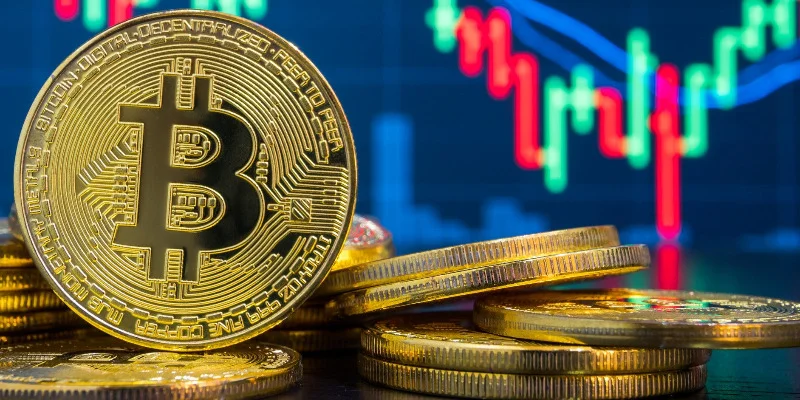Popular on-chain analyst Willy Woo asserts that institutional and professional investors’ demand for Bitcoin futures is soaring, indicating a possible price pressure for the leading cryptocurrency.

Willy Woo, a well-known on-chain analyst with over 1 million Twitter followers and a paid newsletter on Substack, says that the demand for Bitcoin futures, especially from institutional and professional investors, is one of the major factors influencing the price action of Bitcoin (BTC).
He shared his insights in a tweet on July 3, saying that “even now, demand keeps surging, suggesting we are in the early stages of another price squeeze.” He also shared a chart showing the increasing demand for Bitcoin futures in June and July.
Role and Impact of Bitcoin Futures
Bitcoin futures are contracts that allow traders to buy or sell Bitcoin at a predetermined price and date in the future. They are useful in hedging against price fluctuations, speculating on future movements, or gaining exposure to Bitcoin without owning or storing it.
Bitcoin futures also reflect the sentiment and demand of institutional and professional investors, who typically prefer regulated and liquid platforms to trade Bitcoin derivatives.
Therefore, the growth and activity of Bitcoin futures markets can significantly impact Bitcoin’s spot price. For example, when there is high demand for Bitcoin futures, it can create a positive feedback loop that drives up the spot price of Bitcoin.
This is because traders who buy Bitcoin futures contracts need to hedge their positions by buying actual Bitcoin in the spot market, thereby increasing buying pressure.
Conversely, low demand or negative sentiment for Bitcoin futures can create downward pressure on the spot price of Bitcoin.

Demand Indicators for Bitcoin Futures
One way to measure the demand for Bitcoin futures is to look at the volume and open interest of these contracts on various exchanges. Volume refers to the number of contracts traded in a given period.
In contrast, open interest refers to the number of contracts still open or unsettled at the end of the period. Higher volume and open interest indicate higher trading activity and interest in Bitcoin futures.
Another way to measure the demand for Bitcoin futures is to look at the premium or discount of these contracts over the spot price of Bitcoin. Premium indicates that the futures price is higher than the spot price, while discount means that the futures price is lower than the spot price.
A positive premium indicates that traders are willing to pay more for future delivery of Bitcoin than for immediate delivery, implying bullish expectations.
A negative discount indicates that traders are willing to pay less for future delivery of Bitcoin than for immediate delivery, implying bearish expectations.
Trends and Patterns of Bitcoin futures demand
According to data from various sources, such as Barchart and CME Group, Bitcoin futures’ volume and open interest on major exchanges have increased significantly in June and July.
On July 4, the volume of Bitcoin futures on CME was 2,201, while the open interest was 7,265. On June 1, the volume was 1,116 contracts, while the open interest was 5,178.
Similarly, according to data from CoinDesk, the premium of Bitcoin futures over spot prices on various exchanges turned positive in July after being negative or flat for most of June.
For instance, on July 4, the premium of Bitcoin futures on CME was $155 (0.5%), while on June 1, it was -$25 (-0.08%).
Potential Price Squeeze from Bitcoin futures demand
These data suggest that institutional and professional investors are increasing their demand for Bitcoin futures in anticipation of a price increase in the future.
This could signal a possible price squeeze for Bitcoin, as more buying pressure in the futures market could translate into more buying pressure in the spot market.
However, other factors, such as regulatory developments, macroeconomic events, technical indicators, and unexpected news, could also influence the direction of Bitcoin’s price in the near future.
Therefore, traders should exercise caution and do their own research before entering any positions.
